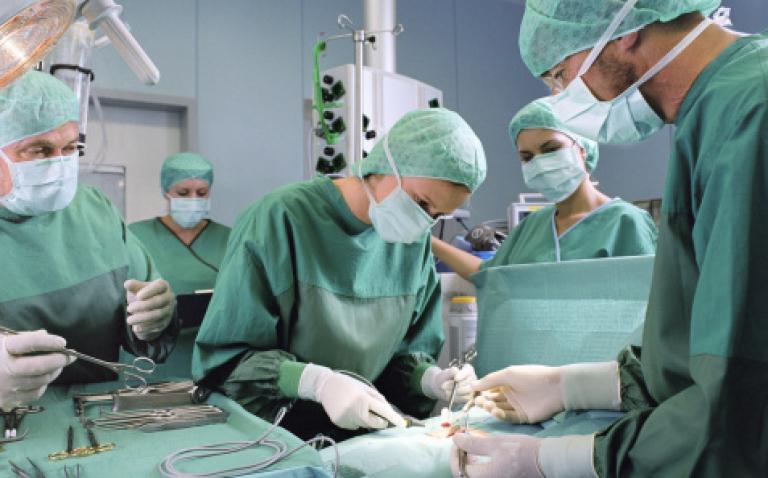Edwards Lifesciences Corporation has launched its Post Surgical Recovery Programme to support the implementation of intra-operative fluid management (IOFM) for the treatment of moderate to high-risk surgical patients in NHS hospitals.
Comprising product and protocol training, outcome measurement, an expert speaker series and ongoing educational support, the comprehensive programme is designed to maximise the potential of these critical care technologies.
The initiation of the Edwards programme follows the inclusion of three of the company’s haemodynamic monitoring platforms in the NHS Technology Adoption Centre’s (NTAC) updated IOFM Technologies Adoption Pack. Published in February 2013, the Adoption Pack is designed to assist NHS organisations in expanding their use of IOFM. Covering all aspects of implementation, it highlights currently available technology, including Edwards Lifesciences’ EV1000 clinical platform, its minimally-invasive FloTrac sensor and the noninvasive ccNexfin System.
With IOFM, anaesthetists monitor a patient’s fluid status during moderate to high-risk surgery. By addressing sufficient hydration of essential organs and tissues, use of IOFM can contribute not only to improved short-term outcomes and long-term survival (1,2), but also to cost savings. In December 2011, the Department of Health’s Innovation, Health and Wealth report listed IOFM as one of six national High Impact Innovations, noting the potential to improve care for more than 800,000 patients a year and save the NHS more than £400 million annually.
“A strong body of evidence exists for intra-operative fluid management technologies to improve patient outcomes and to offer enhanced recovery after major surgery,” said Dr Simon Davies, Anaesthesia Department, York Teaching Hospital NHS Foundation Trust. “In selecting the appropriate platform, Implementation Teams should consider the varying needs of their patient population, ensuring they have a versatile portfolio of technology to match each patient’s needs.”
References
- Rhodes A, Cecconi M, Hamilton M, et al. Goal-directed therapy in high-risk surgical patients: a 15-year follow-up study. Intensive Care Med. 2010;36(8):1327-1332.
- Hamilton MA, Cecconi M, Rhodes A. A systematic review and meta-analysis on the use of preemptive hemodynamic intervention to improve postoperative outcomes in moderate and high-risk surgical patients. Anesth Analg. 2011;112(6):1392-1402.










